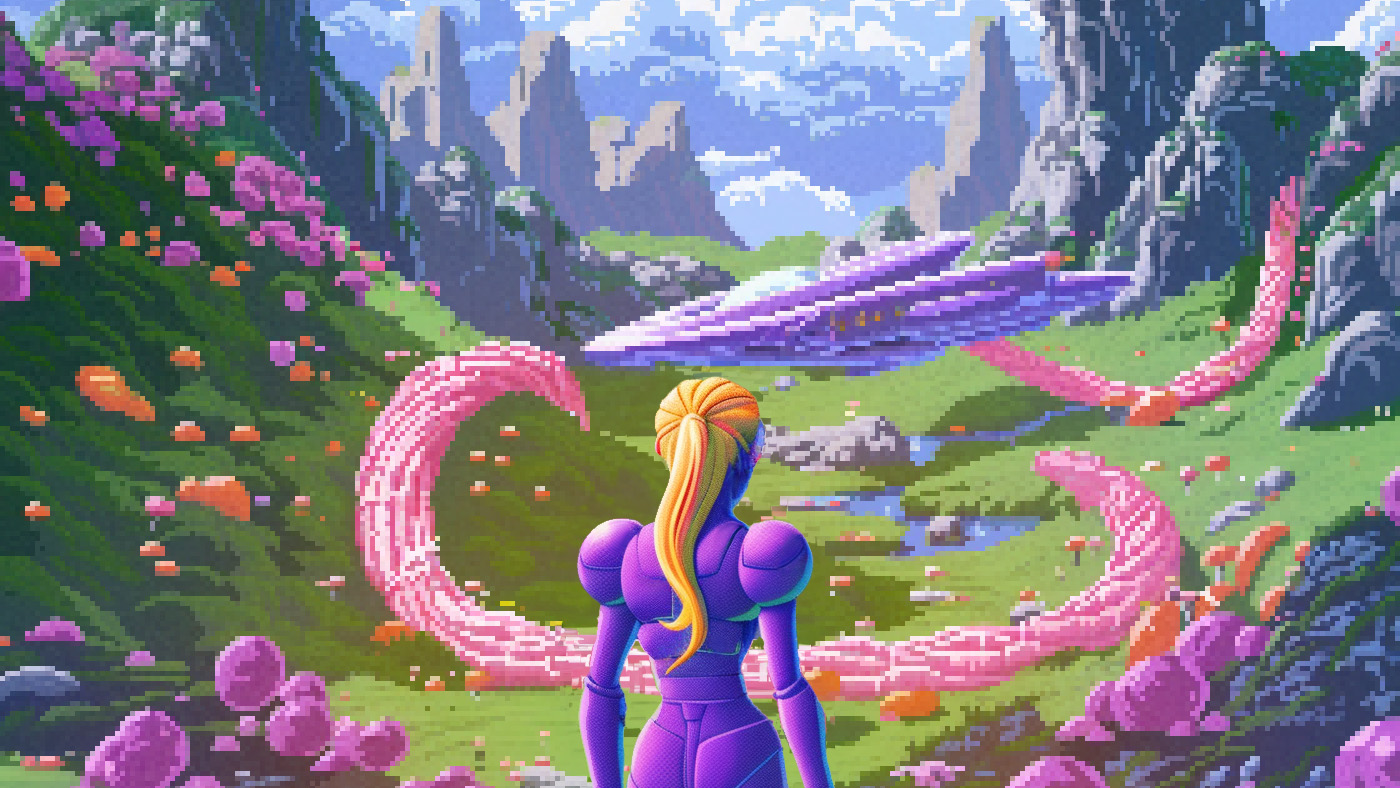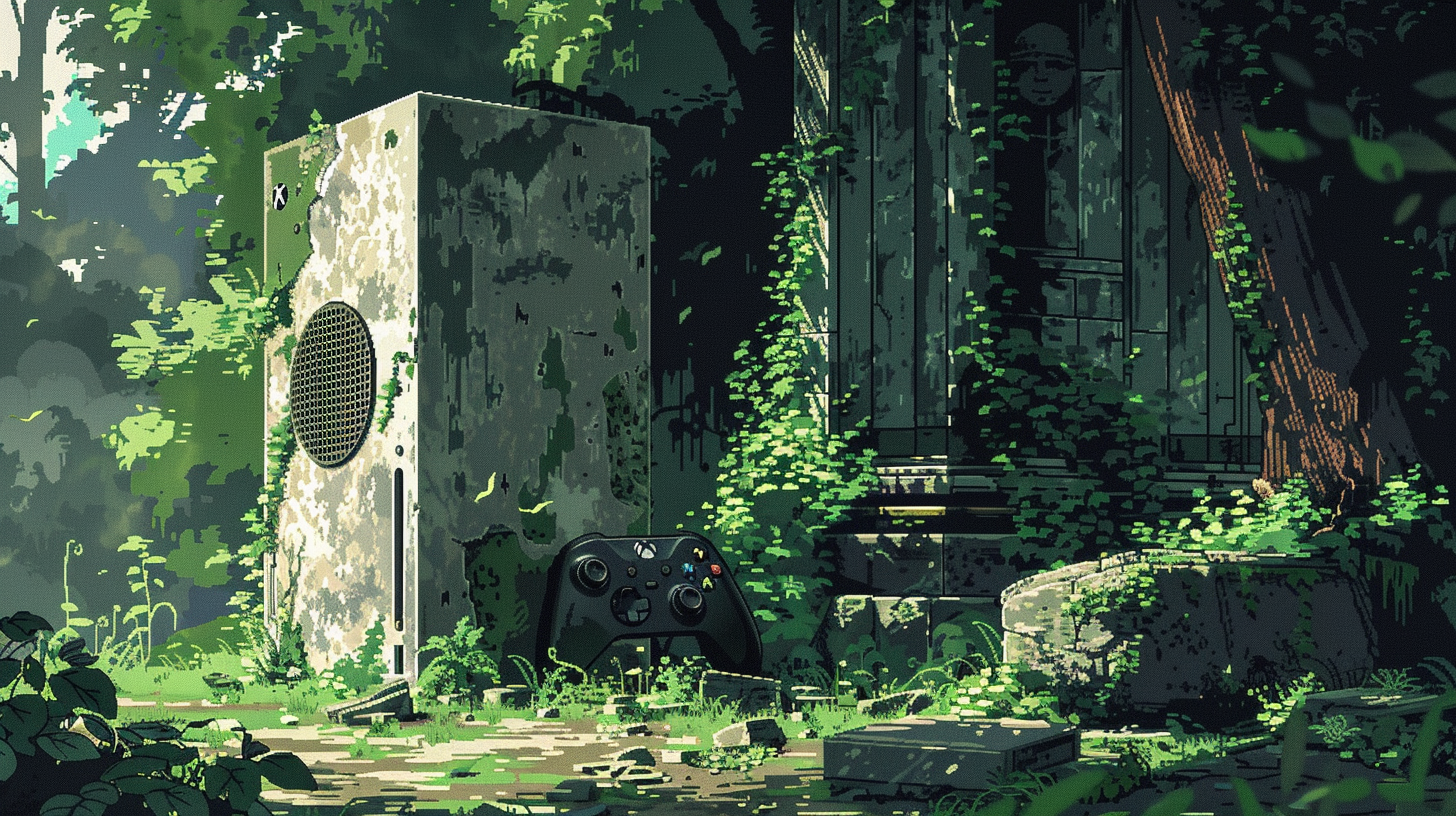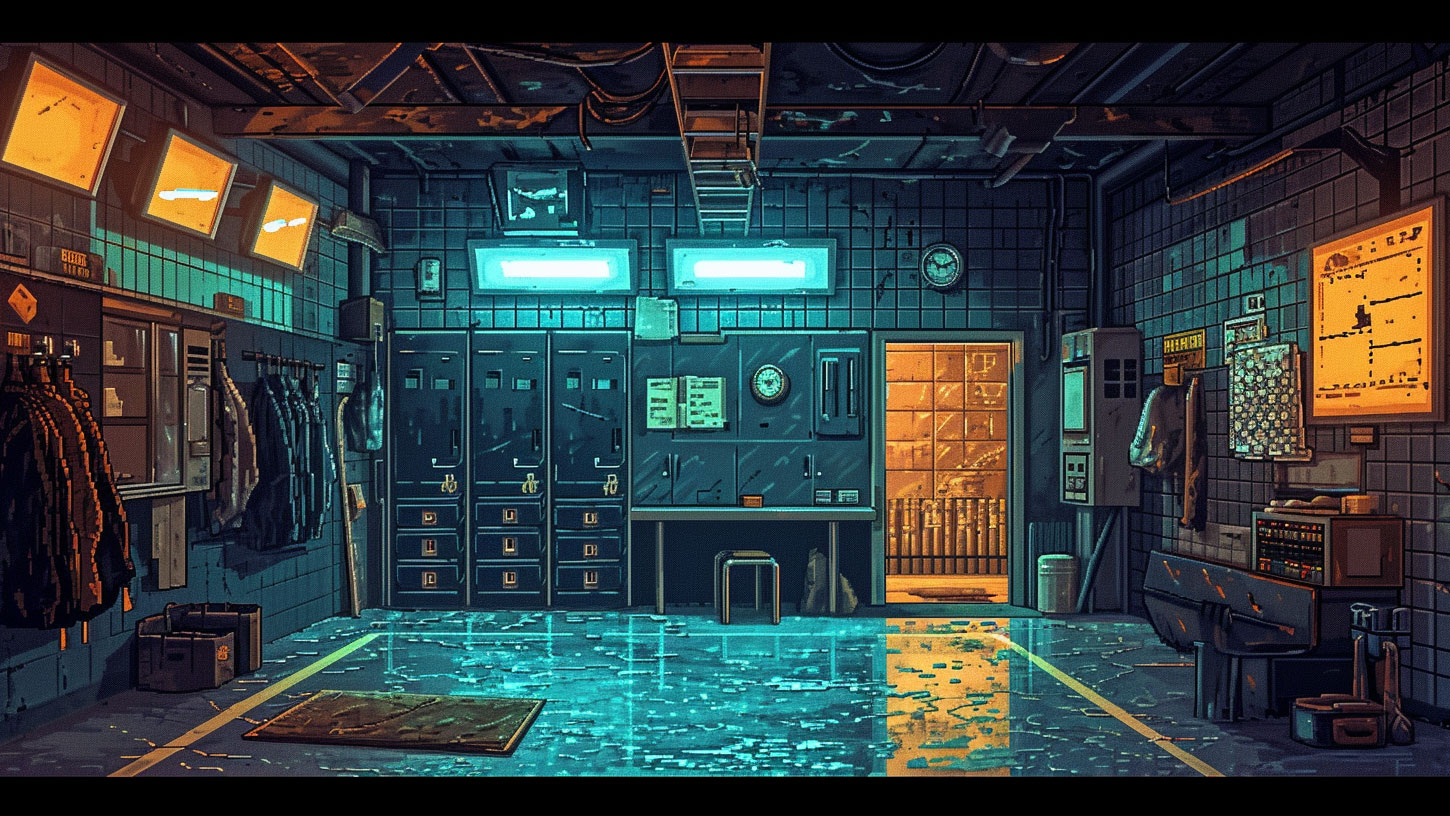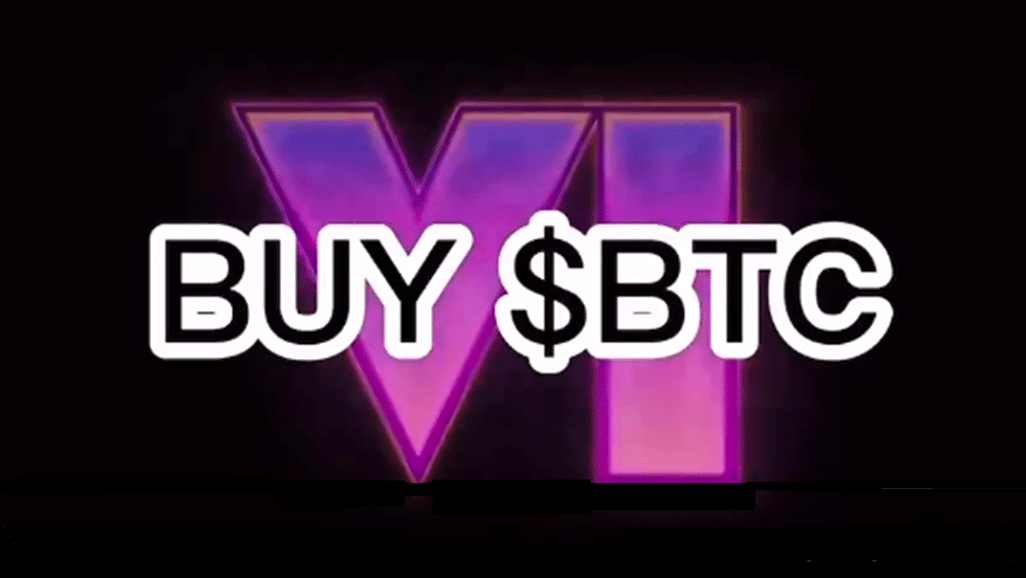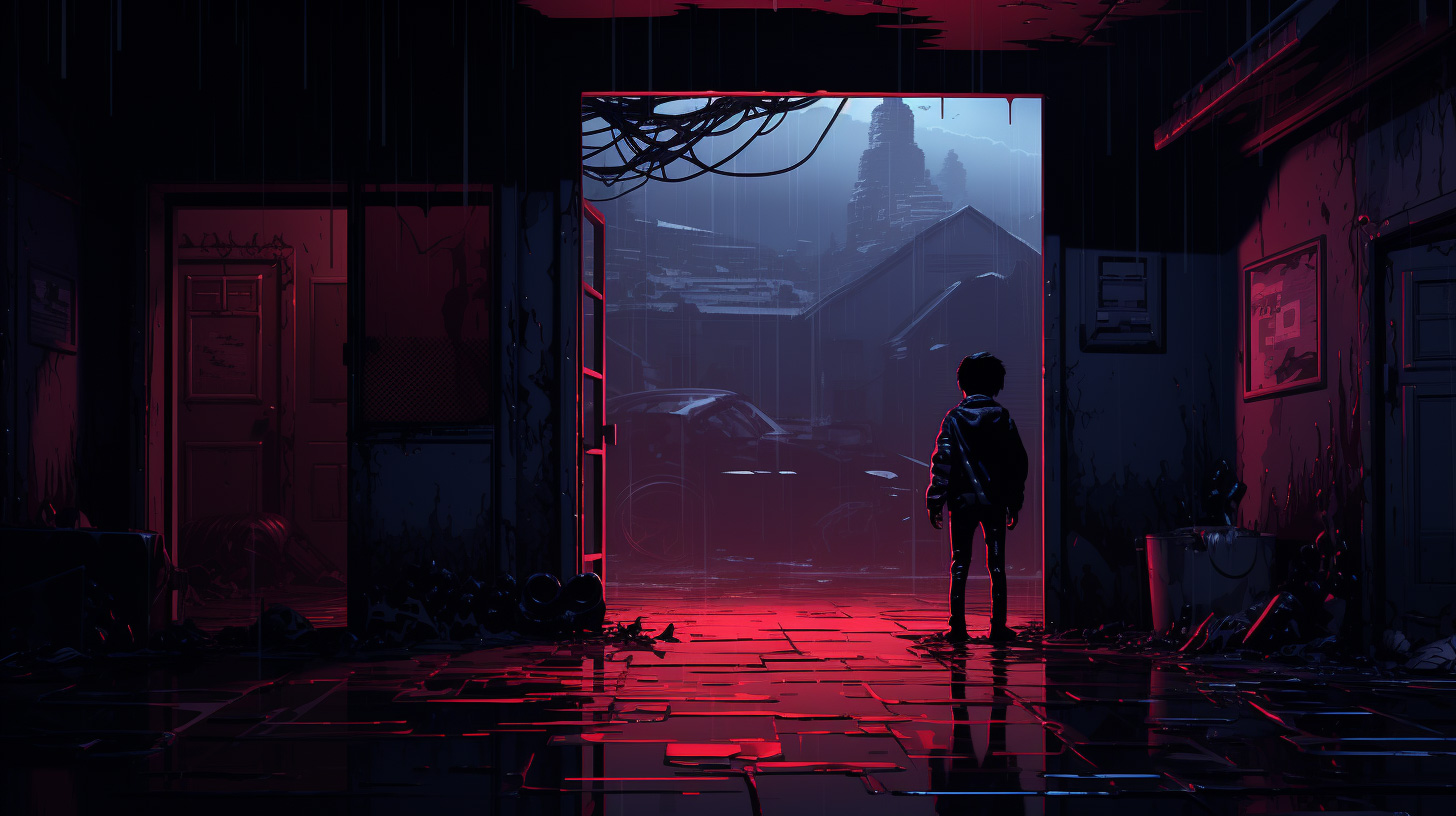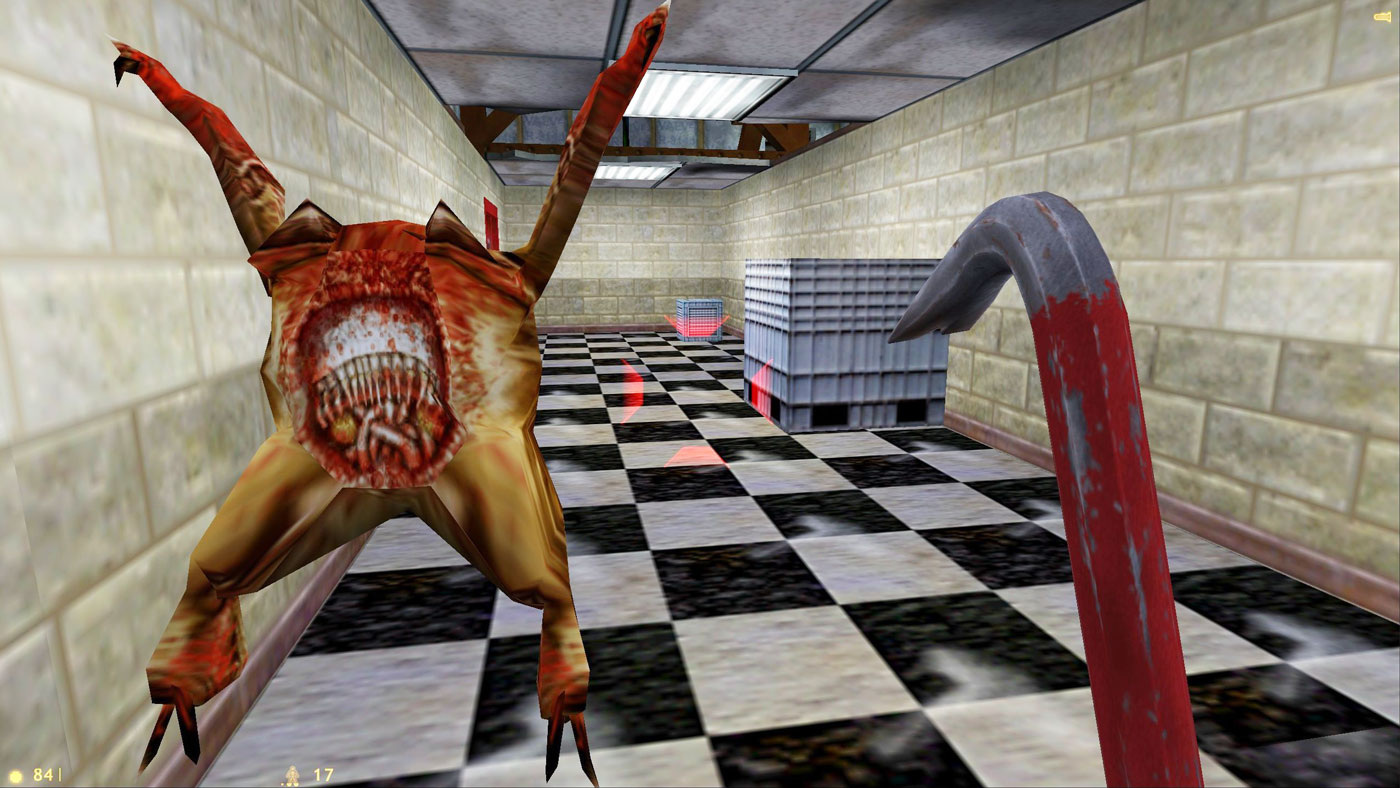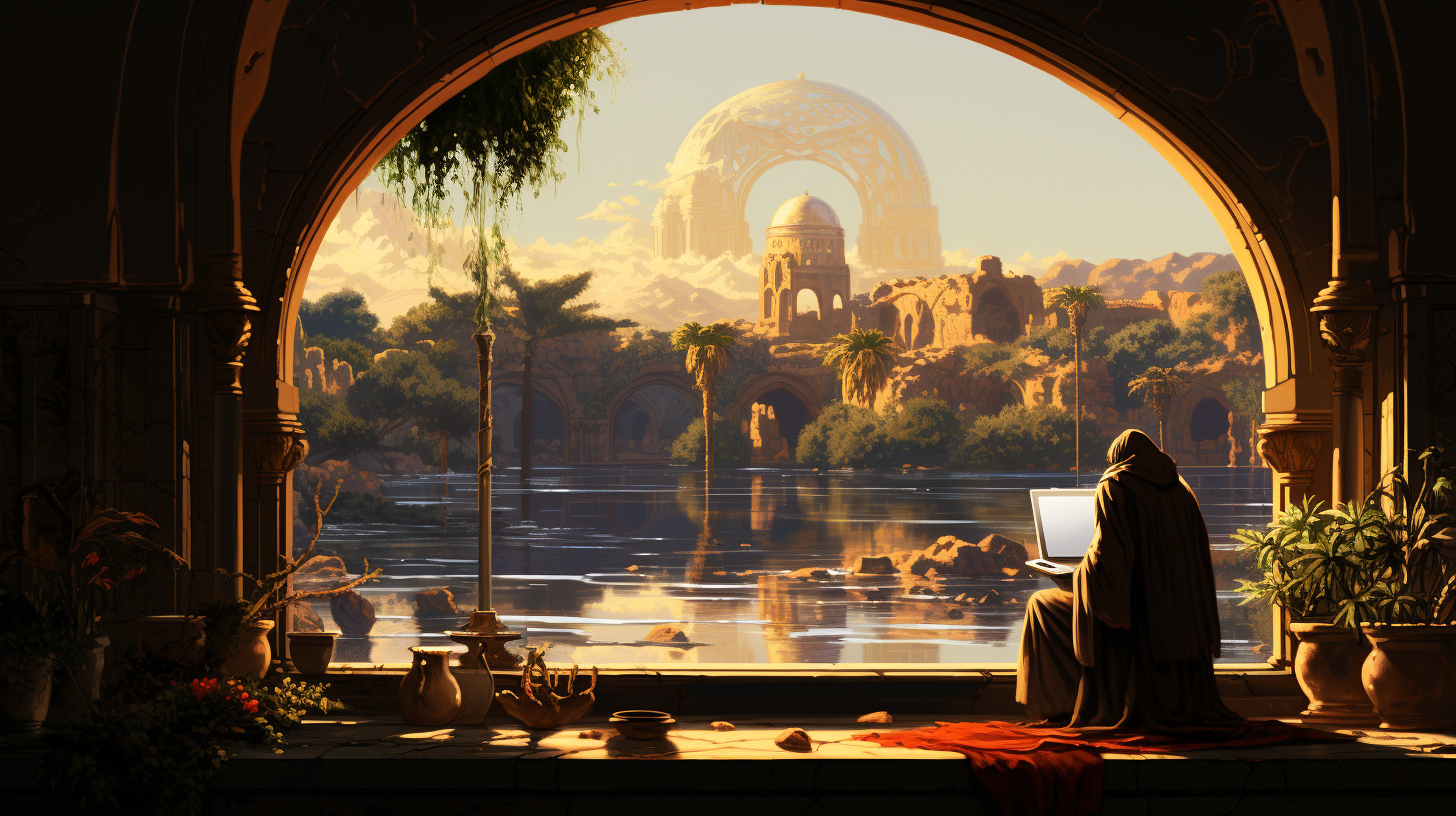News about generative AI (or genML, generative machine learning) is currently everywhere, and the technologies behind ChatGPT, MidJourney and other modern wonders are having a big impact on games too.
This week we had the news of Delysium releasing a GPT3-based chatbot that can interface with crypto wallets, transferring assets and answering blockchain-heavy questions based on natural language text inputs. Read
Wilder World uses genML to build stretches of its virtual city Wiami, and this week also released details of how it is using a generative Unreal Engine plug-in to make drones. Each ball-like drone varies in color, shape and texture. After the engine has churned out the drones, the designers vet them and convert the ones they like into NFTs, unique digital assets that can be used in the game.
This marriage of blockchain and genML has great promise: a way of automatically generating meaningfully different objects, combined with the means of identifying and tracking each one.
In the real world, as Aristotle said, “everything is the same as itself and different from every other thing.”
This has not been true of objects in game worlds. Now, it can be.
Consider the MechMinds project I mentioned a couple of weeks ago. These guys – who sold an NFT to themselves for $200m for publicity – are making robot NFTs, each with a different psychological profile. The psych variables are used to tweak an AI-based chatbot, which is then linked to each robot, simulating individual personality.
The implications for fictional game worlds is profound. Non-player characters have historically been one-dimensional cutouts with a repertoire of canned phrases. Now consider a psychologically differentiated NPC linked to a sophisticated language generator, operating in a genML environment, interacting with players and other NPCs in a world of tracked, tradeable objects.
The possibilities are discombobulating. Thrilling too. Open-world game storylines could arise spontaneously from NPC-player interactions. We already have Sydney the AI falling in love with a journalist, what happens when we push that boat further out?
Handing over money to maybe buy something you can’t see
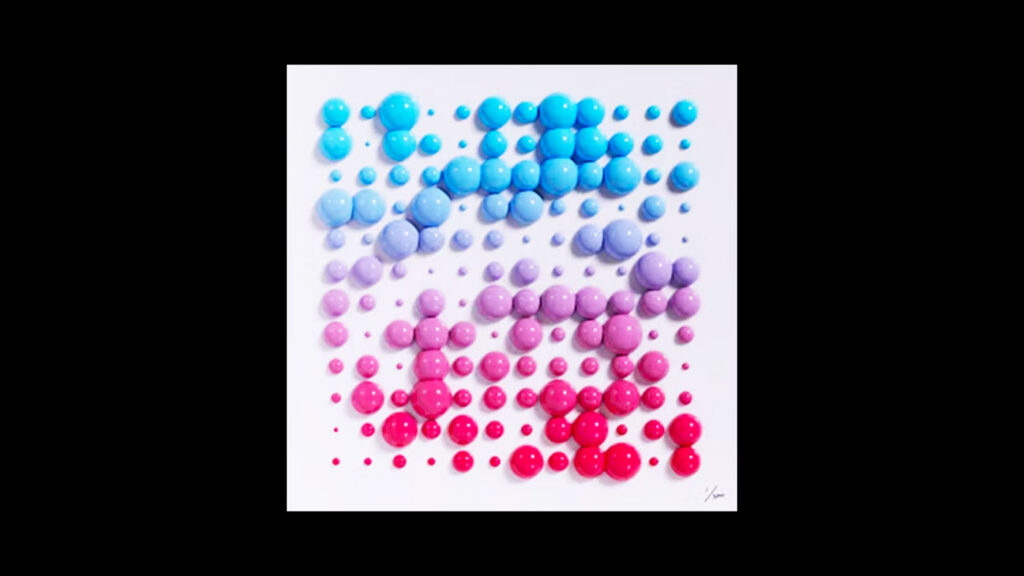
I’ve written several times on Yuga Labs in this newsletter’s short history, and the reason is they are so damned competent. Like Pixar in the early days: no flops. As a reminder, Yuga are the people behind The Bored Ape Yacht Club, the most traded NFT collection.
Last week, Yuga had their Twelvefold NFT art auction. Some people were annoyed, I was impressed. 288 artworks were put up for auction, only they hadn’t been made yet (destined to be machine generated, of course). The auction process involved bidders transferring their Bitcoin to Yuga before the results were known. Read
Selling thousands of D1SKs
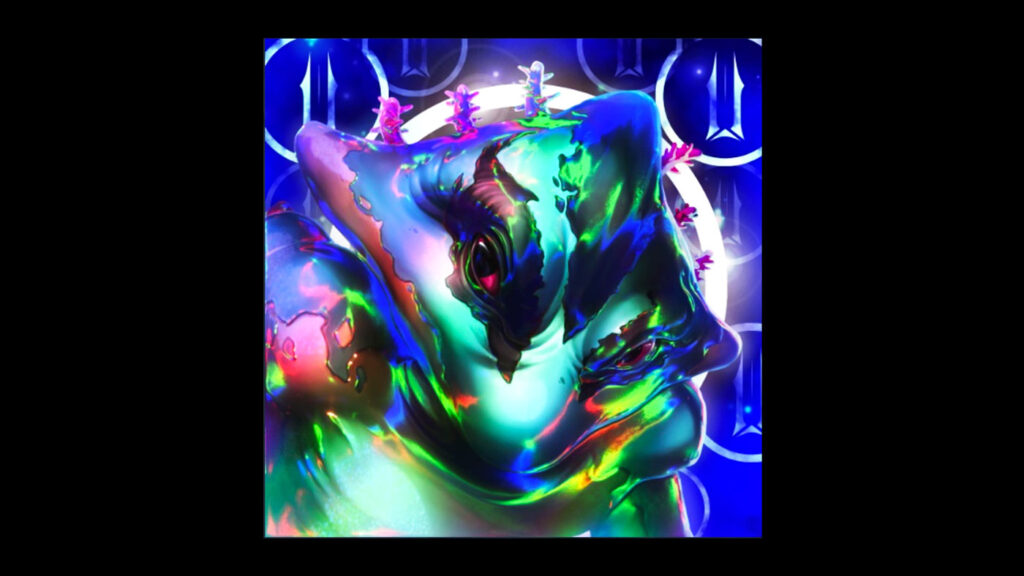
It is annoying when organisations adopt typographically wacky names. Take “D1SKs” for example. These virtual packs of virtual collectible cards from the Illuvium game world were launched this week, and did really well, selling $4m worth in the first 24 hours. We’ll just call them “disks”. Read
Give BG a chance
Polemos game expert Caveman came to our daily news meeting with a question: what do we say to people when they ask “Why blockchain?”
He gathered his thoughts in this piece. Read
BTW, I might occasionally refer to blockchain gaming as BG from now on. “Crypto” is poisonous, and I prefer fewer syllables.
More on those tricksters at MechMinds
The problem with buying an NFT from yourself for $200m? Your sales trend graph on OpenSea is going to look like this forever.
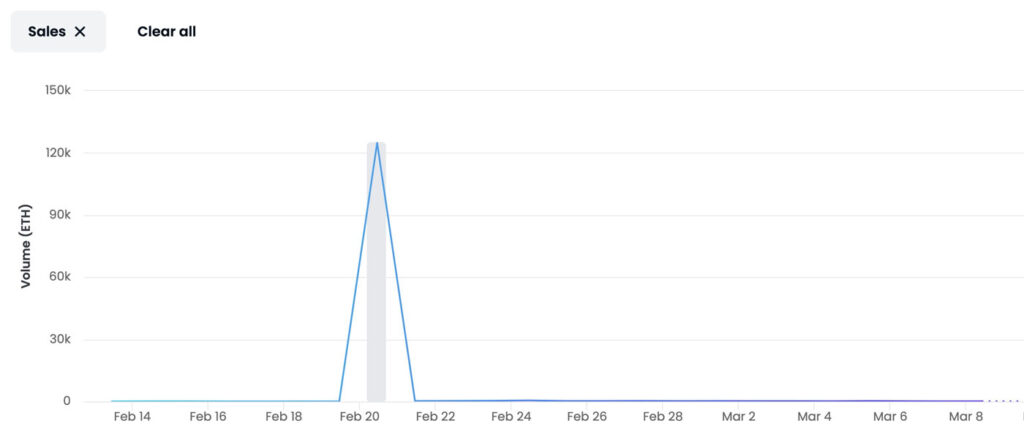
Enjoy this version of our newsletter? Sign up and receive an update every week for free.



